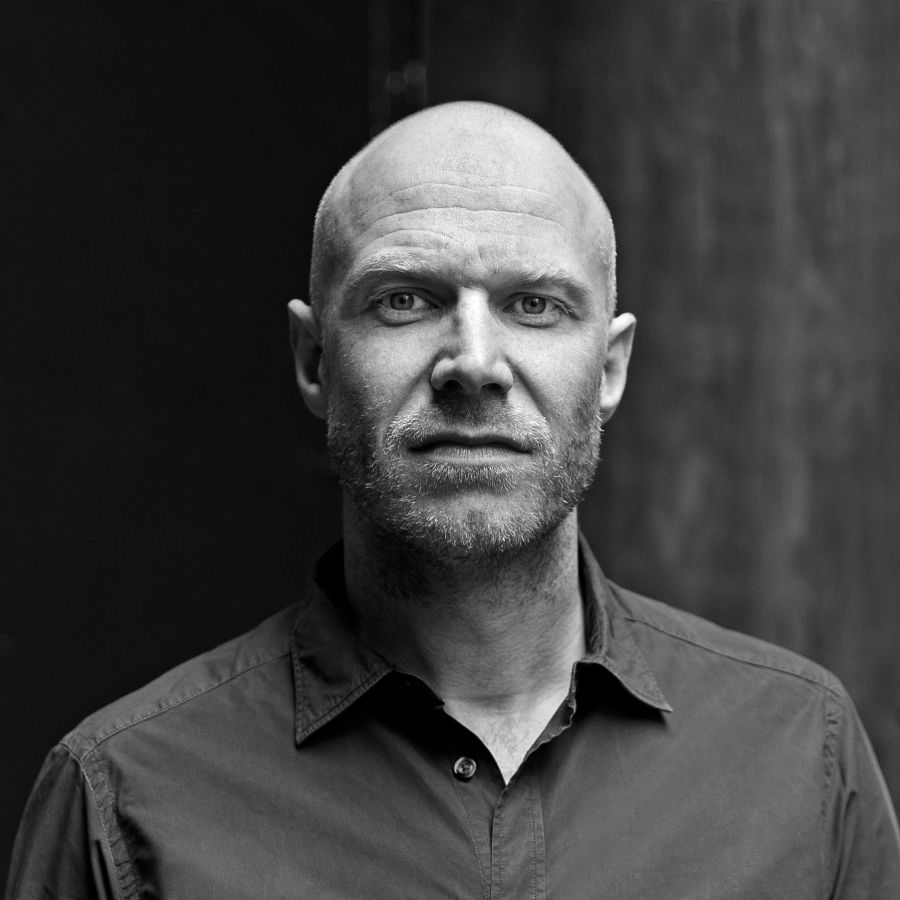Graduated of the Design Academy Eindhoven in 2008 and having won several prizes and awards, the Brussels-based designer has always charted his own course, without setting any limits in terms of style or approach. He shared with us his vision of a demanding profession he engages in with passion and commitment.
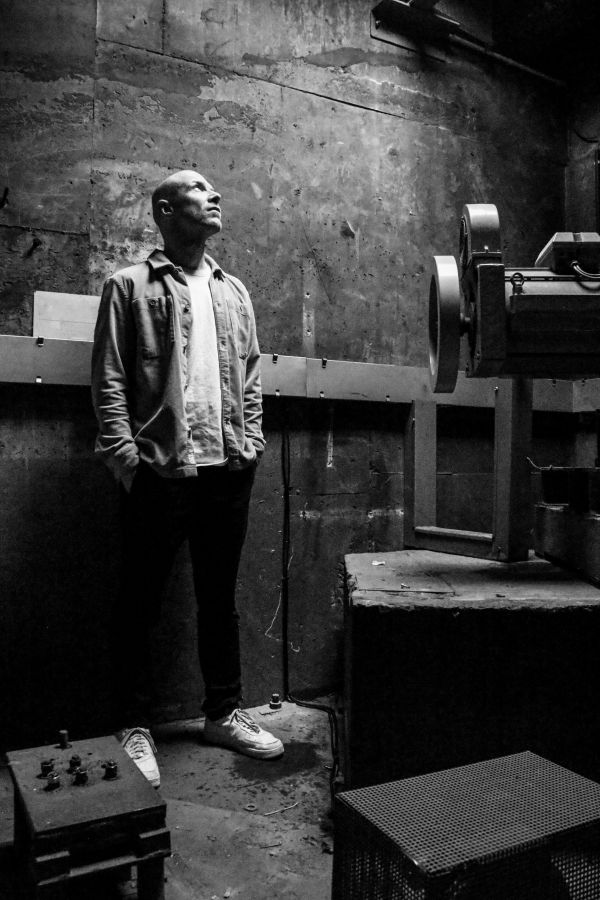
Maarten, you have just been named Designer of the Year 2025. That’s wonderful recognition. If you had to summarise your current approach, how would you describe the guiding principle behind your work?
I would say that it hasn’t changed since I set up my studio. I strive to combine personal projects that I sell through galleries with more industrial work for producers and manufacturers. To me, there is no contradiction in this, quite the contrary. I recently moved into a new studio that allows me to make larger objects. I’m driving more and more pleasure from designing an object from start to finish without outside involvement. The advantage of industrial design is that it allows you to offer products at more affordable prices, which is something I consider very important in this profession.
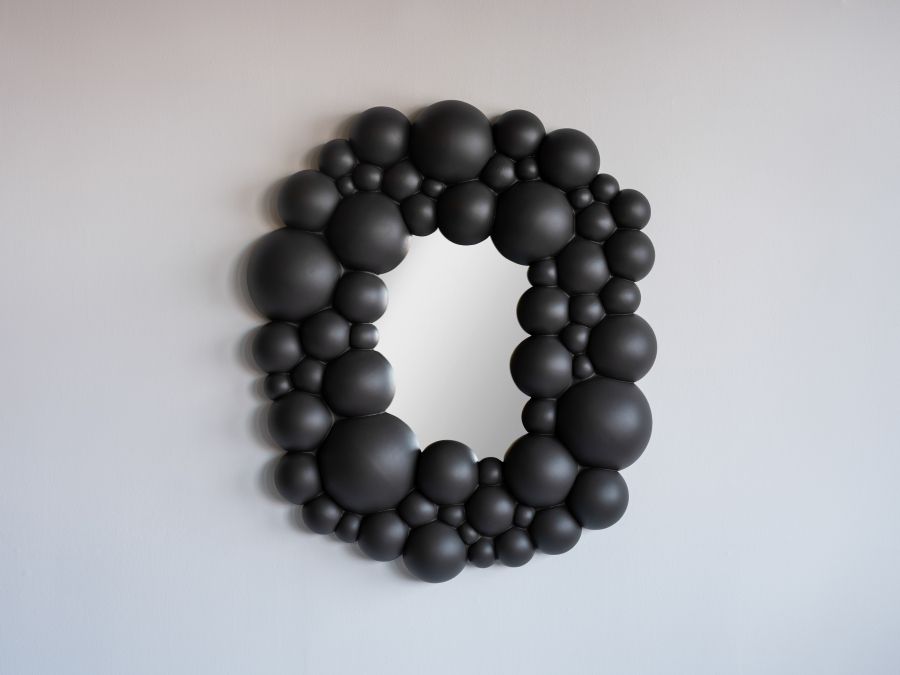
You are often associated with collectible design. What does this concept mean to you?
I don’t consider industrial design to be necessarily less sustainable. It all depends on the materials and manufacturing process involved. What interests me in collectible design is the uniqueness of the object; the fact that it is handmade through a process that can sometimes be long and arduous. I also like the freedom that this approach entails. When I make an object, I make no compromises. My vision takes precedence over everything else.
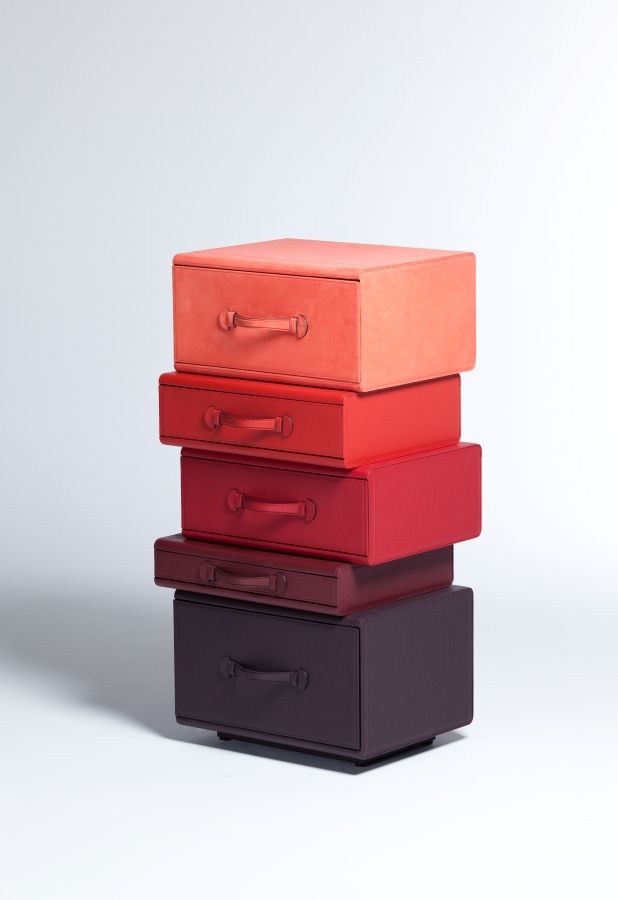
Does this vision of design influence your choice of materials or your collaborations with artisans?
In my opinion, each project calls for a new choice of materials and techniques. That’s my favourite part of the process: when I can make a material my own. It’s like a new world opening up to me. Sometimes, I train myself. Other times, I turn to artisans who have mastered this technique much better than I have. At the beginning of my career, I was in an observational phase. If we take the example of the Suitcase series (the final year project that propelled him into the limelight, editor’s note), I drew from the experience of a leather craftsman. I could never have acquired such expertise on my own with ease. Later, when I worked on stained glass, I turned to a Belgian expert in the field. For my latest project, Cairn Light, I couldn’t find anyone to teach me how to sculpt stone. So I enrolled in a sculpture class at the Anderlecht Academy. Then I bought some tools and got started.
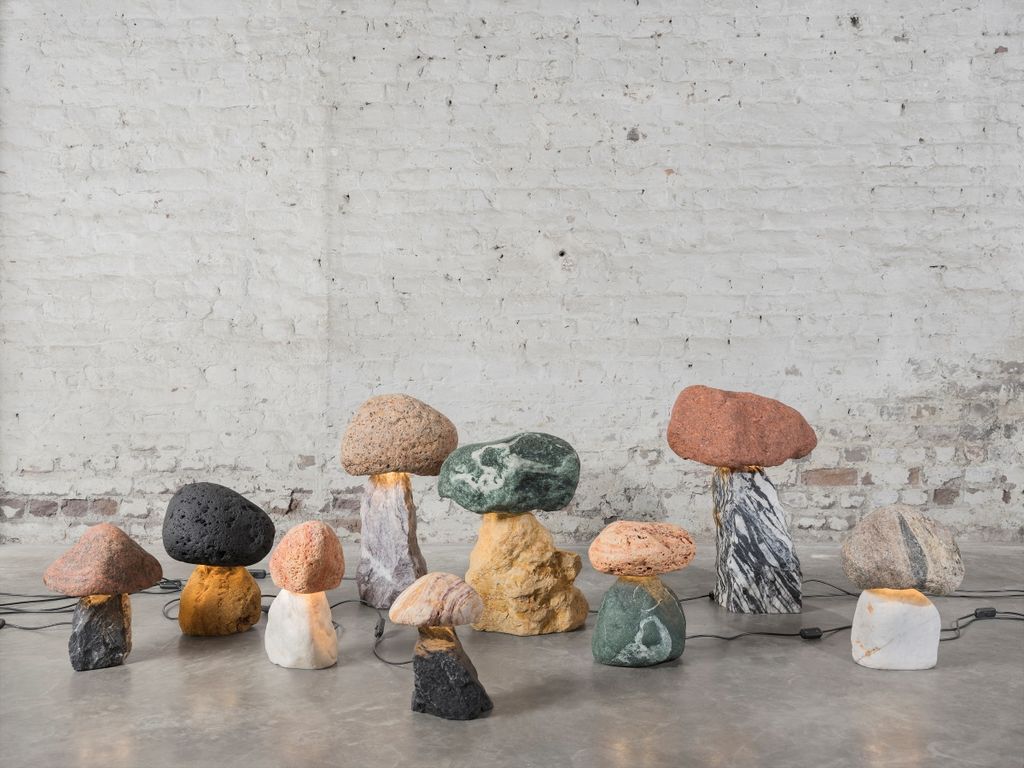
“Cairn Light” is an intriguing collection: breaking with our ultra-connected world, it evokes memory, even a form of spirituality. Was that your intention?
I am never satisfied with simply designing pretty objects. What matters to me is telling a beautiful and authentic story. For this project, I was inspired by cairns (or tumuli): recent ones, built by hikers, which can be found along roadsides, as well as those dating back to prehistoric times. These mounds are so emotionally charged that I wanted to preserve their purity by sculpting only the inside. The exterior remains raw, in its natural state.

In the Suitcase series, you explored the theme of travel. What did you want to express through this metaphor?
Travel is open to many interpretations, which inevitably differ from one person to another. I sought to convey a very romantic idea of the notion of travel. With the Mutation series, the idea was more to create the illusion that my objects were not made by hand (even though they are), but that they were the result of an organic transformation.
WBDM has supported you at different stages of your career. What role has this support played in your development, both in terms of visibility and international exposure?
This support has been invaluable, enabling me not only to design prototypes that I would not have been able to develop without external financial assistance (FWB grants), but also to attend exhibitions and trade fairs, particularly in Milan. In Belgium, we are extremely fortunate to be able to rely on organisations like this.
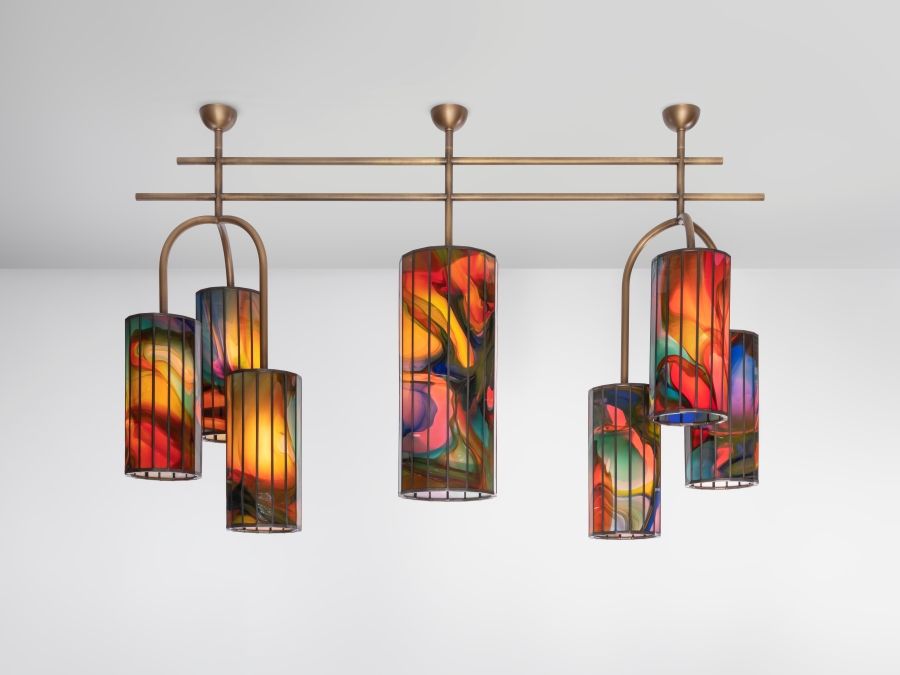
A few weeks after winning this award, how do you see the future of your studio?
I have never thought in terms of strategy or made very specific career plans. Even though the journey hasn’t always been easy and setting up my studio straight after leaving school wasn’t an obvious choice, I’m happy with how things have gone. I’ve learned from my mistakes and grown while maintaining the same enthusiasm and a real desire to seize the opportunities that come my way, especially abroad.
